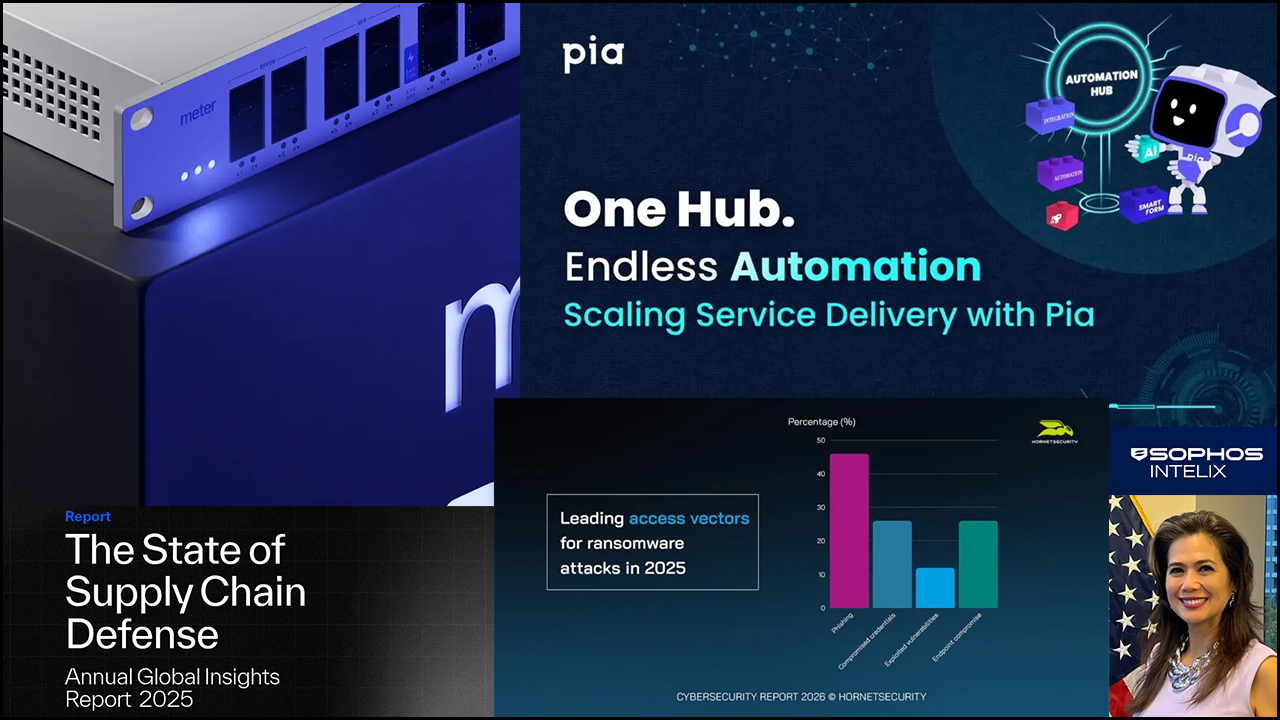Lexmark International Inc. has introduced a software-as-a-service portfolio designed to make using and managing its business printers easier for both end users and channel pros.
Called Lexmark Cloud Services and available now, the new product suite includes fleet and print management components, plus a solution that lets users print or scan directly to selected file sync and share services.
The fleet administration system, named Lexmark Cloud Fleet Management, is designed specifically for channel partners with SMB clients. Available at no additional charge to users of compatible devices, the solution provides a multi-tenant interface that administrators can use to view, configure, and apply firmware updates to Lexmark printers remotely.
“Today when a channel partner wants to deploy a configuration or a firmware update, they have to go onsite to a customer to do that,” says Eric McCann, a software product marketing manager at Lexmark, which is headquartered in Lexington, Ky.
Additional remote management functionality includes tools designed to help technicians diagnose technical problems. “If a partner gets a call from a customer that printer A isn’t working, they can log directly into the portal, they can bring up that printer, they can see if there’s any configuration or anything that’s not what they want it to be, they can remotely pull logs, and they can remotely restart the device,” McCann says. “Being able to do that first and second level troubleshooting without ever leaving their office is a big deal.”
Cloud Fleet Management also provides client-by-client page consumption data that channel pros can use for invoicing purposes. Many channel pros who charge by the page collect those figures once a month from their customers, who must send someone around on foot to all of the company’s printers to assemble it.
“I can think of nothing less efficient than that,” McCann says. “With this tool they literally log into the portal and they have a table view of all the devices in a customer’s fleet with their mono and color page counts.”
Lexmark makes other fleet management solutions, most notably its MarkVision Enterprise product. In addition to being bigger systems than many SMBs can afford, however, those products are all installed on premises. According to McCann, hosting fleet management software in the cloud offers significant advantages.
“There’s no software updates, there’s no infrastructure updates, and there’s no Windows licenses,” he says. “All those things go away in the cloud, and you use the service, you pay a monthly fee for the service, and you move on with your day to day business.” SaaS applications like Cloud Fleet Management scale more flexibly, both up and down, as well, he notes.
According to McCann, offering the product at no extra charge is designed to stimulate demand. “We want people to move to this system and use it, and so for now there is no fee for using [it],” he says. That could change in the future, he adds, if Lexmark adds significant new functionality to the system, but pricing for the base functionality available now will remain unchanged either way. “We have no intention of charging for anything that we’re not charging for today,” McCann says.
The print management component of Lexmark Cloud Services, called Cloud Print Management, is a previously released system that Lexmark currently sells directly to enterprise customers only. A version of the system that channel pros can offer to smaller companies is in the works and will reach market as soon as Lexmark finalizes a billing model for modestly-scaled SMB environments with just a few devices.
“It’s not responsible to try to collect $6 or $10 [a month] from an end customer,” McCann says. “We understand SMB is a need and we are absolutely going to get there.” One third of companies with fewer than 500 employees will use cloud-based printing by 2021, according to IDC.
Cloud Print Management automatically routes print jobs to Lexmark’s cloud infrastructure. Users can then retrieve them from any previously-enabled printer by logging in or swiping their ID badge. According to McCann, that arrangement frees companies from buying and maintaining print servers and improves security. “Your document isn’t laying in the office bin for anybody to walk by and pick up,” he says.
The new system makes printing from iPhones, iPads, and Android devices easier as well, McCann continues, by enabling users to send documents to the printer of their choice via standard mobile connections.
“No customer is going to allow somebody to bring their phone in and just throw it on the corporate network,” he observes. “Having it be on the cloud really solves that problem, without putting any bandages in between.”
Built-in analytics functionality lets administrators view reporting data on job size trends, color versus mono page counts, and other statistics.
Both Cloud Fleet Management and Cloud Print Management are compatible with any Lexmark printer manufactured since 2010 with the company’s Embedded Solutions Framework onboard.
The third major component of the Lexmark Cloud Services portfolio, originally released in April, is a system named Lexmark Cloud Connector that lets users print or scan documents straight to online document repositories like Dropbox, Box, OneDrive, and Google Drive.
According to McCann, elements of Lexmark Cloud Services directly reflect the influence of Sammy Kinlaw, who became Lexmark’s vice president of worldwide channel and OEM sales earlier this year, after stepping down from his former role as channel chief at hardware maker Lenovo.
“One of the things that Sammy has really helped us with from a directional standpoint is a focus on the channel and solving their problems,” he says, adding that it’s often the small but painful issues that have the greatest impact on partner satisfaction. Receiving centralized page count data automatically via Cloud Fleet Management rather than calling your customers one by one every month, McCann continues, is a perfect illustration.
“It’s something that every partner that has a per-click model has to solve,” he says.













